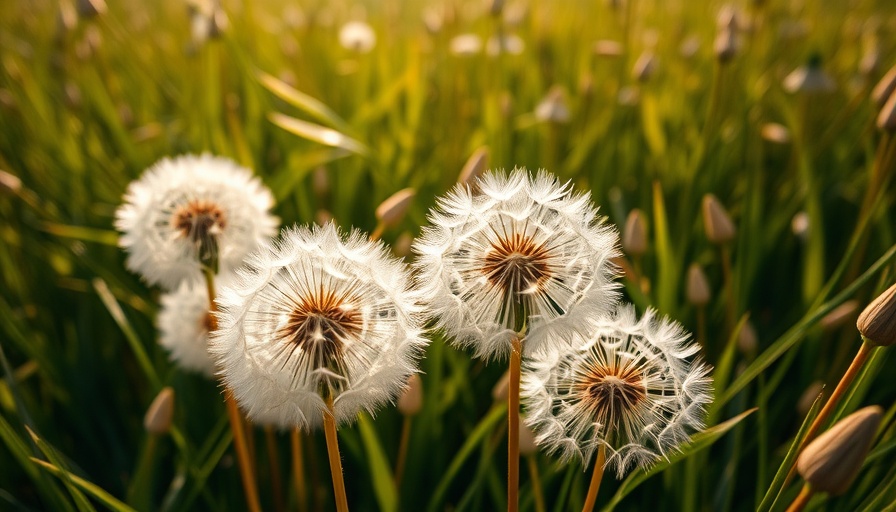
Unlocking Blooming Potential: The Art of Deadheading
As summer graces Folsom and El Dorado Hills with vibrant flowers, the art of deadheading becomes essential for homeowners who cherish a thriving garden. Deadheading—the practice of removing wilted or spent blooms—enhances a plant's flowering cycle and overall health, allowing your garden to flourish long into the fall. But why stop at aesthetics? There are practical reasons woven into this gardening ritual.
Benefits of Deadheading: More Than Just Looks
Deadheading extends the life of your plants by redirecting their energy from seed production to producing new blooms. This process helps prevent mold and diseases that could affect the garden's beauty. Healthier flowers mean a more attractive outdoor space, inviting you to entertain or relax in your flourishing yard.
Simple Techniques for Successful Deadheading
To effectively deadhead, start with clean gardening gloves and shears to ensure clean cuts—this minimizes the risk of transferring diseases between plants. Begin by gently identifying wilted blooms, removing them with precision. But beware: overzealous deadheading can shock your plants. Instead, take your time, and deadhead a few flowers at a time, spreading the process over several days as you enjoy this meditative task.
A Regular Routine: The Key to Garden Care
Deadheading isn’t just a one-time task; it’s part of a regular garden maintenance routine. Aim to deadhead frequently, particularly after watering your plants for optimal hydration. Keeping your garden healthy and vibrant is within reach, and the rewards—lush blooms and a charming backyard—are well worth the effort.
As you dive into your next gardening project, consider the simple yet impactful practice of deadheading flowers to ensure your garden continues to prosper. It’s not just about looks; it's about cultivating health and beauty that lasts throughout the seasons.
 Add Row
Add Row  Add
Add 




Write A Comment